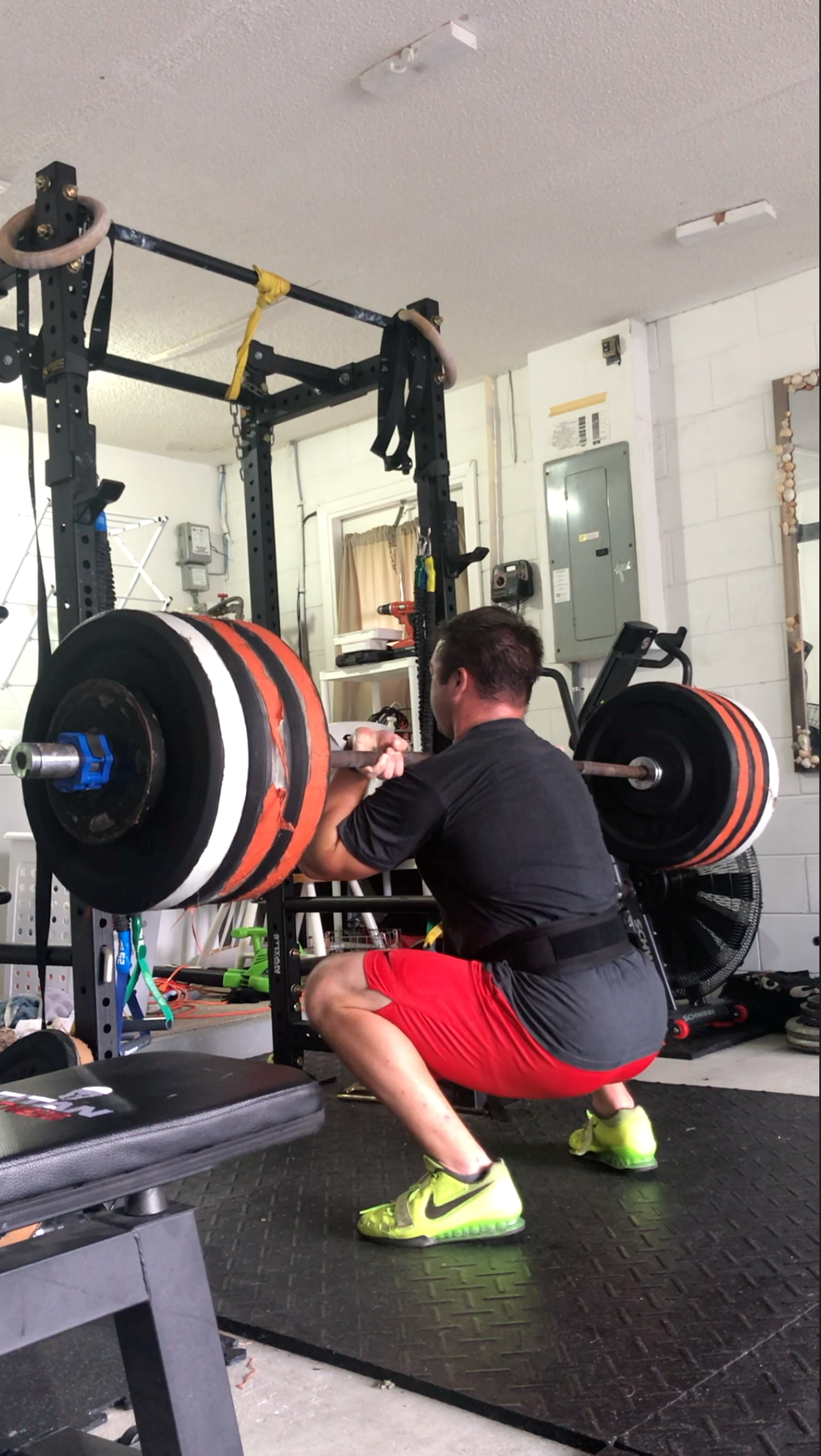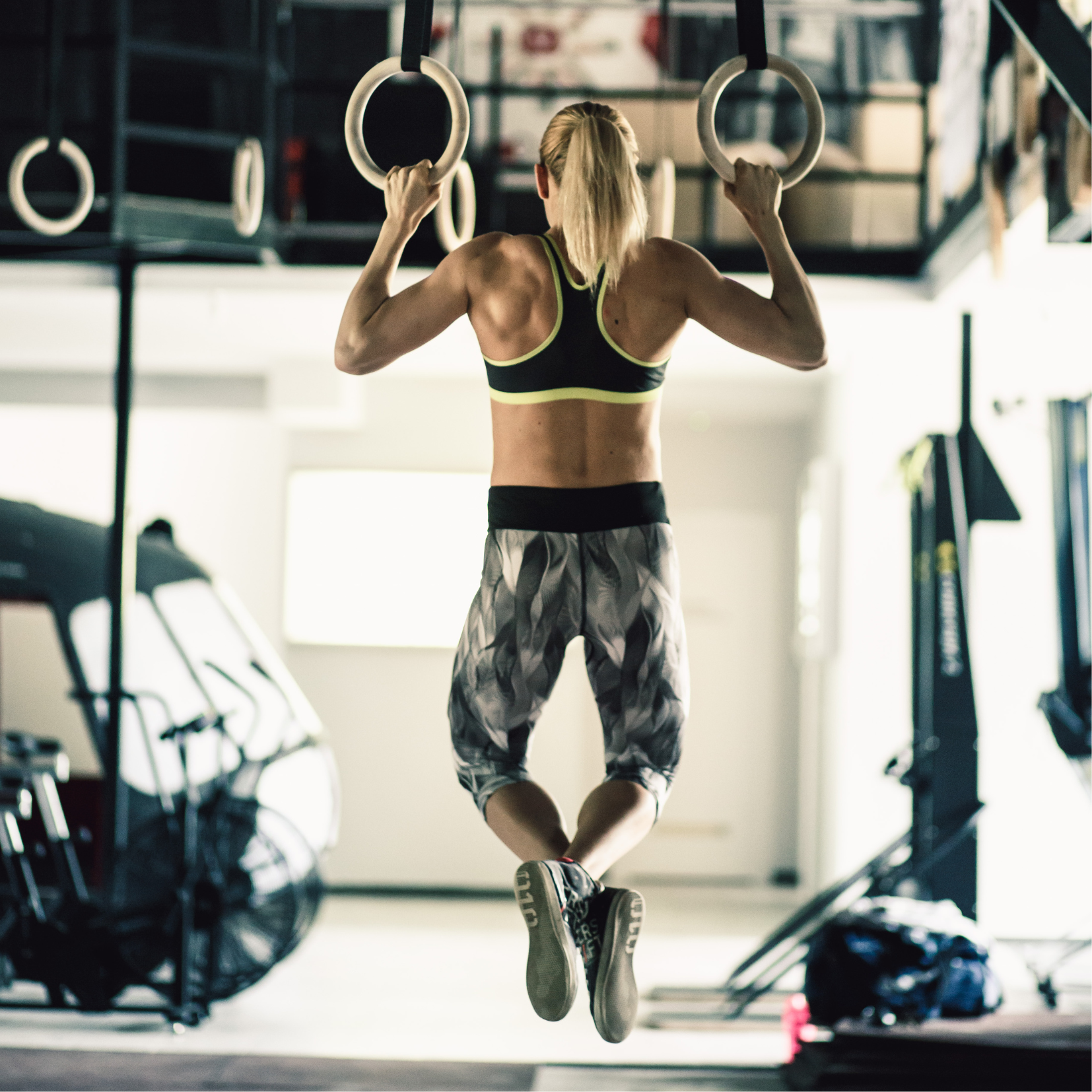The principle of specificity, as it applies to training is a rather simple concept but is one that is often misunderstood. You improve at what you train. As easy as that. It can be applied to general concepts such as, if you lift heavy things, you’ll get better at lifting heavy things. If you run far distances, you’ll get better at running far distances. If you swing a baseball bat, you get better at swinging a baseball bat. The part that most people end up misunderstanding is just how specific that concept can also be. Going to the batting cages and swinging a baseball bat won’t help your golf swing. As someone who has never shot under 100, trust me.

The adaptations seen from training are highly specific to what you do while training. The more experienced you get, the more this principle is amplified. A young kid in elementary school, can just play tag on the playground and the adaptations they see from that “session” will carry over across the board. They’ll probably get better at kickball, flag football, get a little faster, be a little stronger, and jump a little higher. That’s because the lower your training age, the less exposure you’ve had to different training stimuli. The less exposure you’ve had, the more carryover each element of training will give you. That’s also why when you first begin training, it doesn’t really matter what you do, you’ll probably see some fat loss, some strength gains, some increase in endurance, and some improvements in coordination.
However, as you gain more exposure to training, that carryover is diminished. At one extreme, if a world class powerlifter wants to improve their one rep max bench press, they need to bench press. Dumbbell bench won’t help. Neither will incline bench, nor 1,000 reps of tricep push downs. None of those will be specific enough to improve an already elite record. Even more specifically than needing to train the bench press, they need to train the exact part of their press that is the weakest. I.e. the lock out, the press off of their chest, accelerating on the way up, etc. On the other end of the spectrum, if a high schooler who is in their first year of weight training wants to improve their one rep max bench press, they can probably see major improvements by just doing 25 push-ups each day. Hell, they can probably just train their deadlift for a month and see their bench press improve too.

It’s pretty straight forward that the specificity of training applies to the muscles that are trained. If you train your quads, you’ll see an adaptation in your quads. However, those adaptations are also specific to the intensity, velocity, and metabolic demands of the exercise, the range of motion that is trained, and the specific skill or movement itself. That’s why although sprinting and deadlifting both involve the lower body, the muscles of the posterior chain, and require large amounts of force output, you don’t see powerlifters competing in the 100m dash in the Olympics. You also don’t see Usain Bolt adding any deadlift world records to his collection. Even though elite powerlifters are able to produce an immense amount of force through their posterior chain in order to deadlift triple their bodyweight, the muscle contraction that occurs during the deadlift is not nearly at the same velocity as the one that occurs with each individual stride during a sprint.
Deadlifting and sprinting are also drastically different movement skills. At the elite level, even training conventional deadlifts is too different of a skill to see carryover to sumo deadlifts, and visa versa. The same way an elite 100m runner may even strain or tear a muscle running full speed on grass in sneakers because their body’s ability to run at those velocities is highly specific to the environment of a perfectly flat track surface in spikes. So, although there may be carryover seen for a beginner, after those early stages of training that carryover diminishes. If you want to get better at sprinting, you better sprint. If you want to get better at deadlifting, you better deadlift.
What does this mean for the average gym goer? Well because we’re not talking about shaving off hundredths of seconds from our Olympic caliber PRs we don’t have to be quite as picky with how specific our training is. There are plenty of exercises that can get the job done. You also don’t have to limit your training days to any single exercise or body part. What I would keep in mind though is what the overall goal of the session is. If your goal is to get stronger, you want your body to put as much energy into adapting towards that goal as possible. The more things you do each day that are not a strength stimulus, the more energy your body will take to take away from getting stronger and devote towards that secondary adaptation. For example, if you go to the gym and hit a heavy set of squats, some burn out sets of moderately heavy lunges, some high rep sets of step ups, a few sets to failure of hamstring and quad work, and then hop on the bike for 20 minutes, your body is being pulled in all sorts of directions. It has to adapt to the strength stimulus of the squats, the hypertrophy stimulus of the lunges, the muscle endurance stimulus of the accessory work, and the cardiovascular stimulus of the bike. It’s not that you won’t make progress, but that progress will be spread out amongst everything you trained. A more effective approach would be to dedicate each training day to a specific stimulus. Have all of your heavy lifts on one day, all of your high-volume work on another day, and your cardio on its own day. That routine helps use the specificity of training adaptations to your advantage rather than working against them.


About the Author: Body by Bobby, LLC is owned by Bobby O’Mullan, MS. Bobby has been a personal trainer and strength and conditioning coach since 2012. He works with athletes and clients of all ages. Whether you’re looking to make a difference this season in your sport or just live pain free, he’s got something for you. For more information check out bobbyomullan.com.
Checkout our podcast episode with Bobby, ‘Concurrent Training Principles With Sports Performance Coach Bobby O’Mullan, MS.‘ If you’re looking for help with your workout routine or plan, check out our programs!



